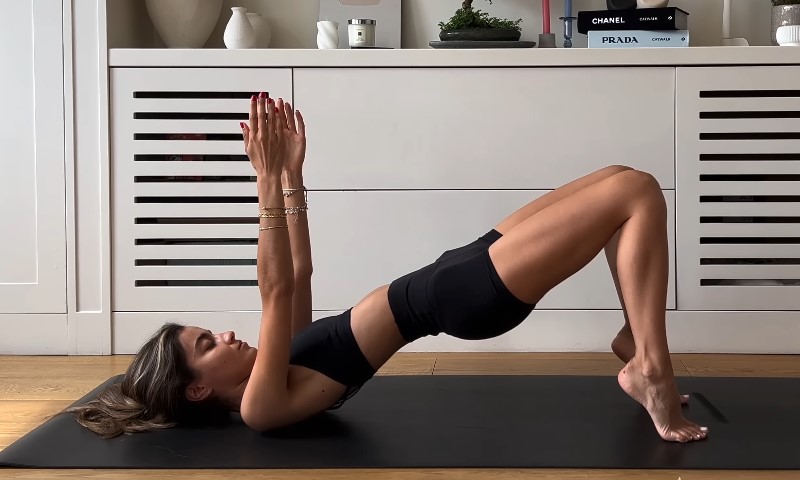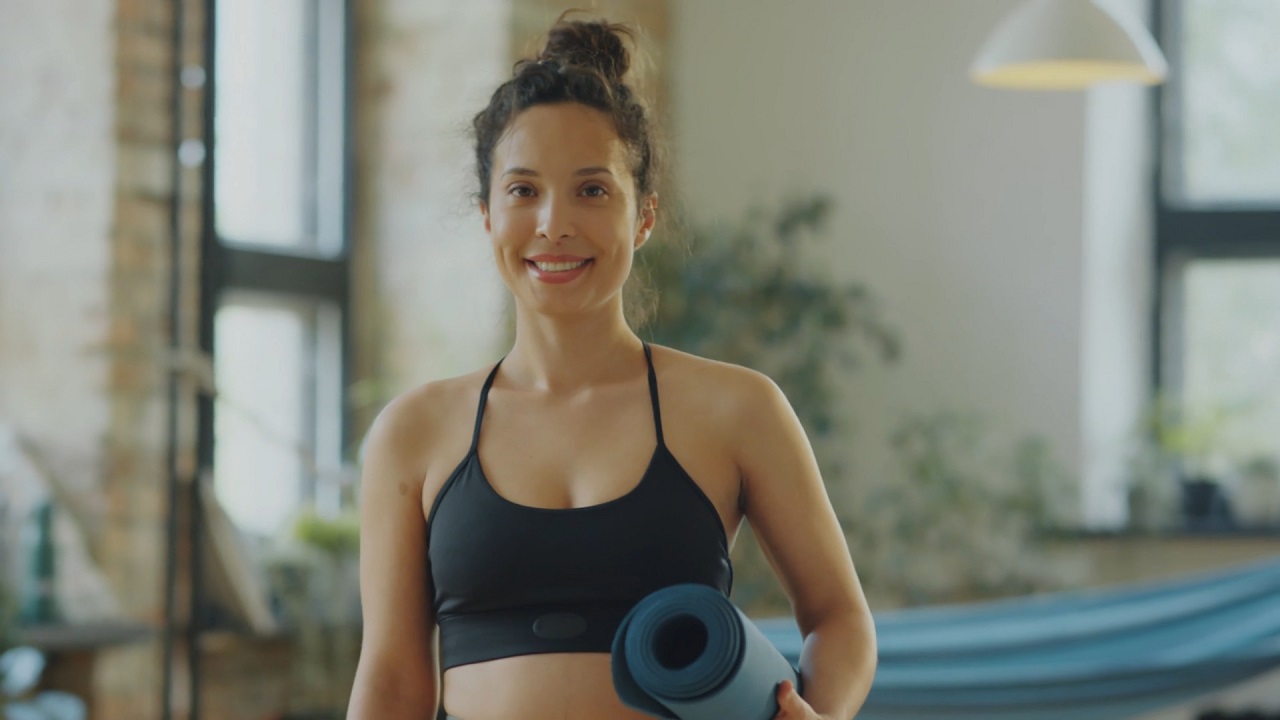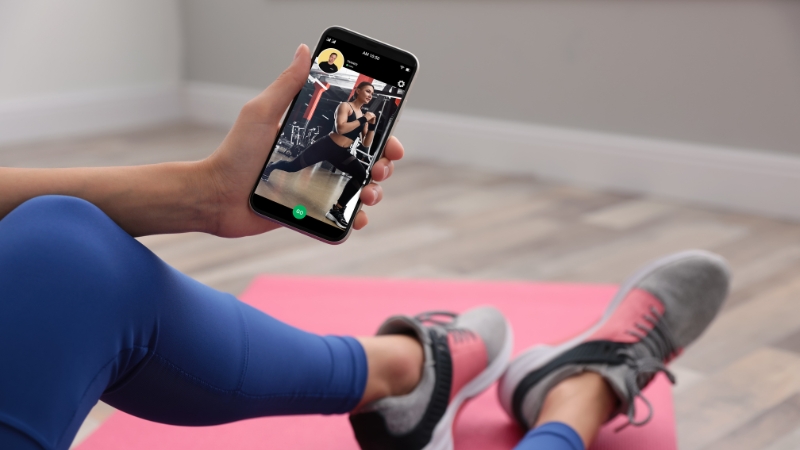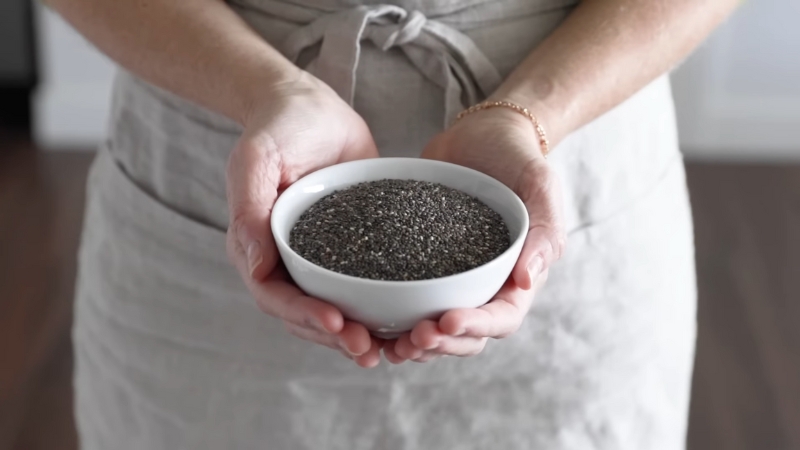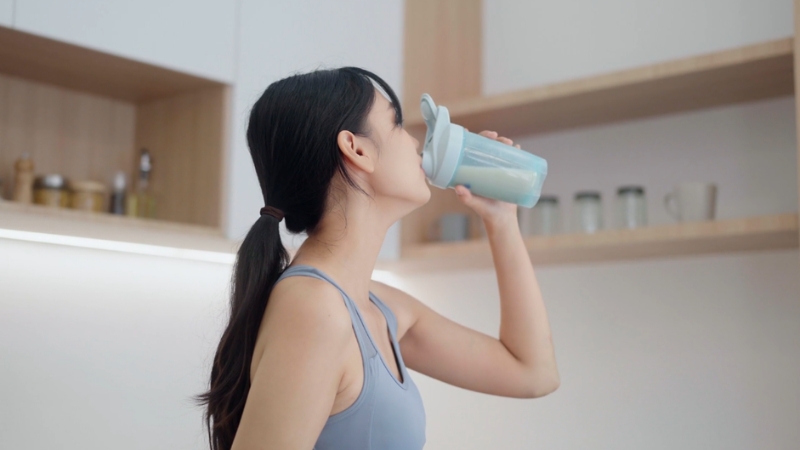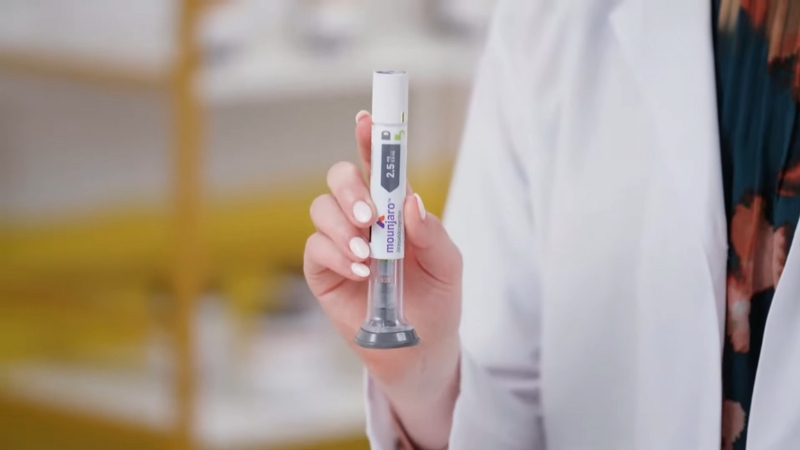
Share Post:
If you ever looked at a lean, fit swimmer or a Hollywood actor in top shape and thought, that looks like a body worth working toward, then you already know what the ottermode body looks like.
It is lean, athletic, and cut in all the right places. Broad shoulders, a narrow waist, visible abs, and a strong back all shape that well-balanced look that turns heads without needing extreme bulk.
You do not need to be a professional athlete or spend every hour in the gym to reach that level. With the right workout plan, smart nutrition choices, and consistency, you can build it on your own.
This guide will show you what the ottermode body really means and how to get there step by step. You will learn what to focus on, what to avoid, and how to make progress without feeling overwhelmed.
If your goal is a clean, athletic, and powerful physique that fits well in clothes and stands out at the beach, this is the right place to start.
Table of Contents
ToggleWhat the Ottermode Body Really Looks Like
The ottermode body sits right between bulky and scrawny. It looks lean, athletic, and balanced. Think of a swimmer or a martial artist. Muscles show through clearly, but the overall shape stays sleek and agile.
There is no excess fat, but also no ballooned biceps or oversized traps. The waist stays narrow. Shoulders look wide in comparison. That V-shape speaks louder than size ever could.

Core Definition Is the Priority
Abs sit at the center of the look. You will notice a strong, cut midsection in every real example. Six-pack visibility is not optional. Core strength and definition shape the entire feel of the ottermode body.
The rest supports it. Chest, shoulders, arms, and back stay defined and toned, but not overloaded with mass.
Visual Examples Speak Loudest
Actors like Brad Pitt in Fight Club or swimmers like Michael Phelps come to mind. The structure matters more than the volume. You are going for clean lines, symmetry, and visible strength without overdoing size.
You can wear regular clothes, move well, and still look impressive with your shirt off. That is the sweet spot of the ottermode body.
Key Features That Make It Stand Out
1. The V-Taper Effect
This stands out as the signature look. Broad shoulders taper down into a flat, narrow waist. Lats and shoulders get just enough attention to support the shape. No bulking phase needed. Just gradual, targeted growth and steady fat loss.
You build out the top, slim down the middle, and lock in that athletic shape.
2. Muscle Definition Without Bulk
Ottermode avoids the “puffed-up” look. Every muscle needs to show up on its own, with shape and detail. But none of them should crowd out the others. It is more about clean separation than raw size.
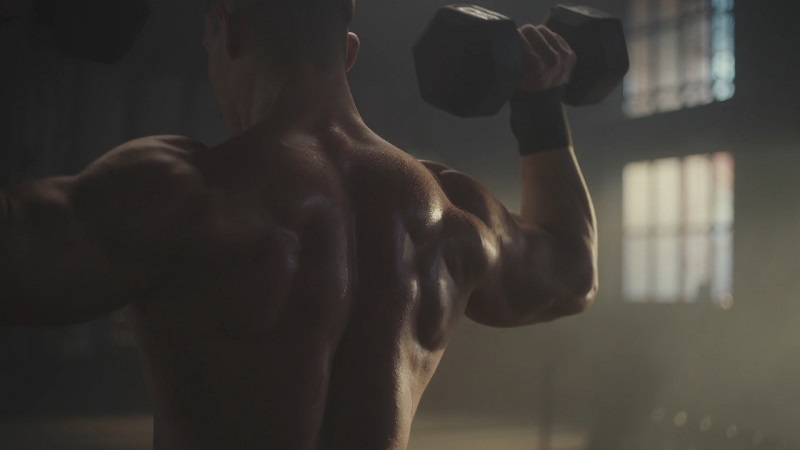
Each muscle group gets attention, but no one area should overpower the rest. Proportions stay tight.
3. Functional Strength
There is a big difference between gym strength and real-world strength. The ottermode body supports pull-ups, running, swimming, and general athletic activity. It is built for movement, not just posing.
Why So Many People Aim for This Physique
Ottermode fits into daily life. You can walk into a room and carry presence without needing to explain how much you lift. The body looks strong, clean, and athletic in real clothes. Nothing stretches too tight. Nothing looks soft or weak.
It also photographs well. Angles highlight the V-taper. Lighting brings out muscle definition. You do not need a pump or filter to show progress. Your body holds its shape at rest, in motion, and even in casual moments.
It Does Not Depend on Size
This goal works for people with average frames. You do not need to be tall, short, naturally big, or genetically shredded. The structure relies on balance, not volume.
People often aim for ottermode because it stays within reach. It builds on small wins. It rewards patience. You do not need to gain thirty pounds of mass. You work with what you have, sculpt it slowly, and let the definition speak.
Health and Function Go Hand-in-Hand
Chasing the ottermode body often leads people to a healthier routine without forcing it. Your joints stay mobile. Your diet focuses on balance instead of extremes. Your workouts improve real performance, not just appearance.
Tracking progress toward an ottermode physique goes beyond just looking in the mirror. Tools like a smart body composition scanner can help you understand how muscle and fat are changing over time, making it easier to adjust training and nutrition with intention. While not required, having clearer data can keep you focused on gradual, sustainable improvements.
How to Train for a Lean and Defined Body
Your routine should center around the basics. Pull-ups, push-ups, rows, dips, squats, and overhead presses all serve the ottermode goal. These moves hit multiple muscle groups at once and build useful strength without packing on too much mass.
If you cannot do bodyweight exercises well, that is the first priority. Pull-ups especially matter for the back and V-taper.
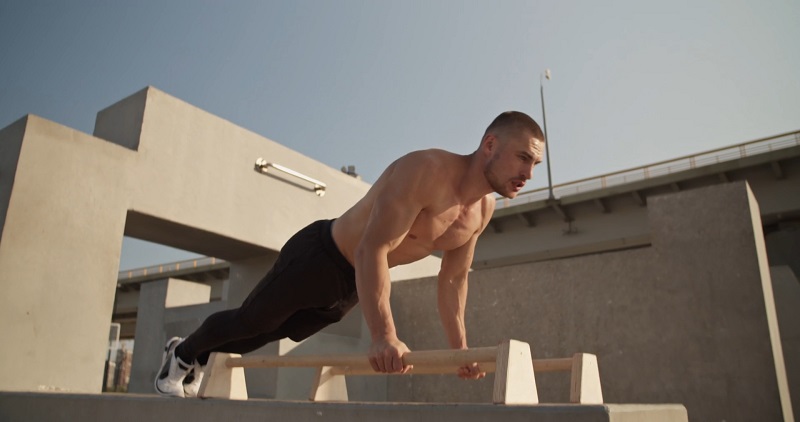
Use Moderate Weights, Higher Reps
You are not chasing one-rep maxes. Ottermode rewards moderate loads with solid form. Most sets should land between 8 to 15 reps. You want time under tension, clean movement, and a visible burn that tells you the muscle is working.
You can go heavier now and then, but never at the cost of control. Smooth execution builds a defined frame.
Train Every Muscle Group, Not Just Chest and Arms
Skipping legs or ignoring the back ruins the balance. Ottermode needs full-body symmetry. Glutes, hamstrings, and calves all matter. So does rear deltoid work. You cannot build a taper if the backside falls flat.
Split your week across major areas. One day for push, one for pull, one for legs, and one for core can work well. You do not need a six-day split, just smart volume spread over the week.
Rest and Recovery Shape Your Progress
You grow when you recover, not during the workout. Three to four sessions per week can be enough if you train with focus. Sleep and recovery carry more weight than most people admit.
Best Cardio and Core Moves to Cut Fat
Cardio shapes the foundation of the ottermode body. It strips off the layer of fat that hides muscle definition. You can have strong abs, shoulders, and arms, but none of it shows without low body fat. Cardio clears the way.
Core training builds what you want to show once the fat comes off. The goal is not to chase volume or burn through crunches for hours. You want smart, focused moves that tighten the waist, build stability, and bring out those deep cuts across the abs.
A smart mix of steady cardio, intervals, and targeted core work delivers the cleanest result.
Mix Steady Cardio and HIIT
Steady-state cardio burns calories and builds endurance. Long walks, moderate jogging, or a cycling session can go a long way if done consistently.
HIIT (high-intensity interval training) burns calories faster and keeps your metabolism elevated even after the workout ends. Sprint intervals, short bursts on the rower, or hill runs all fit the plan.
Mix both across the week. Three steady sessions and two shorter HIIT workouts can cover your needs.
Use Core Moves That Target Deep Muscles
Ottermode demands a flat, tight midsection. Planks, hanging leg raises, and controlled ab rollouts dig into the deep core muscles that most people ignore.
Stay away from sloppy crunches. Focus on moves that require control and tension. Your abs should work like any other muscle group—slow, steady reps with full range and pause.
Keep Waist Tight, Avoid Overbuilding Obliques
Obliques give shape to the sides of your core, but too much focus can make your waist look blocky. Keep side work clean and controlled. No heavy side bends. No loaded twisting.
Simple Nutrition Rules That Actually Work
You cannot out-train a bad diet. No matter how hard you work in the gym, your body reflects what you eat. The ottermode body needs a lean base and steady energy. That means you need a plan—not a perfect diet, just one that fits the goal and stays realistic.
You do not need to count every gram or live off protein shakes. You need to stay in a small calorie deficit, keep your meals clean and consistent, and feed your body what it needs to grow and recover.
No magic food, no strict rulebook. Just habits that support your progress without draining your willpower.

Eat in a Slight Calorie Deficit
A small daily deficit helps you burn fat without losing muscle. Skip extreme cuts. Focus on 300 to 500 calories below maintenance. That gives you room to train well, recover, and stay on track without crash dieting.
If you feel drained or weak, you went too far. Adjust slowly and track progress through the mirror and strength levels, not just the scale.
Prioritize Protein and Whole Foods
Every meal should include a solid protein source. Chicken, fish, eggs, lean beef, and quality dairy all help preserve muscle while in a deficit. Pair them with complex carbs like rice, oats, potatoes, and fresh vegetables.
Stay away from processed foods, liquid calories, and sugar-heavy snacks. One or two clean meals per day can carry most of the load if portioned right.
Stay Hydrated and Use Simple Supplements
Water plays a bigger role than most people admit. Aim for at least half a gallon a day, more if you train hard or sweat a lot.
For supplements, keep it simple. A clean protein powder, creatine, and fish oil can support your routine. Skip fat burners or anything promising shortcuts. Nothing replaces a consistent plan.
Mistakes That Slow You Down and How to Avoid Them
Progress toward the ottermode body can stall for reasons that have nothing to do with effort. The gym sessions might stay consistent. The meals might look clean. But a few common mistakes can pull the results in the wrong direction without warning.
Most people fall into these traps because they try to do too much, too fast. They chase shortcuts, skip steps, or follow plans that do not fit their actual lives. Avoiding the most frequent mistakes can protect your momentum and make each week count.
Doing Too Much Too Soon
Overtraining creates burnout, injury, and exhaustion. You do not need to train six days per week or cut calories by half. You need a pace you can keep.
Focus on consistency. Three to four sessions per week with real effort beats a short burst followed by a long break.
Ignoring Recovery and Sleep
Muscles grow and fat burns when the body rests. Sleep is not optional. It builds hormones, repairs muscle tissue, and resets your energy levels.
Without enough rest, results slow to a crawl. Poor sleep leads to poor food choices, weak workouts, and mood crashes. Aim for seven to nine hours and protect your sleep schedule like part of your training.
Switching Plans Too Often
Jumping from one workout plan to another every week never gives your body time to adapt. Gains come from steady progression, not random variety.
How to Stick With It and Keep Making Progress
The ottermode body does not appear overnight. It builds slowly through repeated effort and smart decisions. The real challenge is not the plan—it is sticking with it when life gets busy, results slow down, or motivation fades.
You need a system that keeps you moving forward even when progress feels slow. A few habits and mindset shifts can turn a short burst of effort into a long-term win.
Build Routines, Not Dependence on Motivation
Motivation fades. Life gets noisy. Discipline grows when your plan fits into your day. Set up training times that work around your real schedule. Prepare meals in advance. Remove the daily guesswork.
You should not have to ask yourself what to do next. It should already be part of the plan.
Track What Matters
Measure your progress beyond the scale. Take photos. Log your workouts. Record how many pull-ups you can do or how long you can hold a plank.
Visible proof helps when mental doubt creeps in. Small wins build belief.
Stay Patient and Adjust When Needed
Your body will hit plateaus. Your routine will need tweaks. That does not mean failure. That means you are in the process.
FAQs
Can I get the ottermode body without a gym?
Yes, you can. Bodyweight training works well when focused. Pull-ups, push-ups, planks, squats, and lunges can build the frame. Add resistance bands, weighted backpacks, or household items if needed. Core work and cardio need no equipment at all. The key is consistency, not location.
Do I need to bulk before cutting for ottermode?
No. Ottermode goals do not require a bulk. Clean muscle growth paired with steady fat loss works better. Bulking adds unnecessary weight that you will have to remove later. Stay in a slight surplus if you lack muscle, but avoid excess calories.
How low should my body fat go for clear abs?
Aim for under 12 percent. Abs start to show clearly around 10 to 12 percent for most people. Deeper cuts may need closer to 9 percent. You do not need to chase extreme leanness. Go low enough for definition but stay healthy and stable.
What should I do if my arms look too small?
Train arms directly twice per week with focused volume. Use supersets like curls and triceps pushdowns. Pair them with compound lifts to keep overall growth balanced. Eat enough protein and monitor progress with photos, not just the mirror.
How do I avoid looking too skinny while cutting?
Keep strength training in place. Eat enough protein. Do not drop calories too low. Use mirrors and photos to watch size and shape. The goal is lean, not flat. Stay strong, not small. Muscle needs fuel to hold its shape.
Should I train abs every day?
No. Abs need rest like any other muscle group. Two to three times per week with proper tension and form is enough. Daily high-rep crunches do not build definition. Focus on slow, quality reps with controlled breathing and bracing.
Final Thoughts
The ottermode body gives you more than a look. It reflects discipline, balance, and control without going to extremes. You do not need massive size. You do not need perfect genetics. You need a clear goal, smart training, and a steady approach that fits into real life.
Each workout, each meal, and each rest day adds something. Results come when you stay with the plan long enough to let it work. That means adjusting with purpose, not reacting with panic. That means measuring progress through strength, shape, and energy—not only through numbers on a scale.
Related Posts:
- Top 8 Mistakes New Gym Owners Make and How to Avoid Each One
- One and Done Workout - Everything You Need to Know About It
- Can AI Help You Get Fit? Real Benefits and Red Flags
- Inner and Outer Thigh Workout - How to Get Killer Legs
- Cardio vs. Strength Training for Aging Bodies -…
- Why PiYo Is One of the Most Underrated Workouts on…




